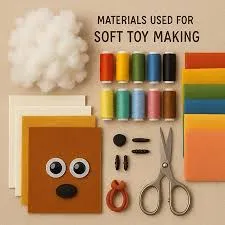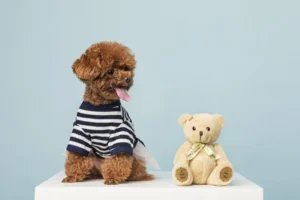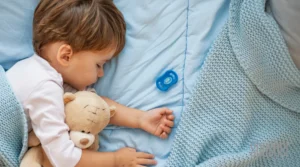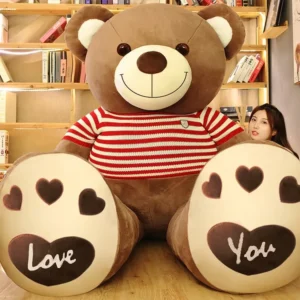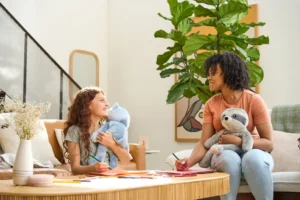When you walk into a toy store or browse online, you’ll find countless soft toys labeled either as “plush” or “stuffed animals.” But have you ever stopped to wonder—what’s the real difference between a plush and a stuffed animal? This question is more common than you might think, especially among parents, collectors, and toy manufacturers. Knowing the distinction can help you pick the perfect gift, understand product quality, or even guide your manufacturing choices.
Simply put, what is the difference between a plush and a stuffed animal?
A plush animal refers specifically to a toy made with soft, velvety “plush” fabric on the outside, offering a silky texture and often a more luxurious feel. A stuffed animal is a broader category of toys that are filled with soft materials but can have a variety of outer fabrics — from cotton and fleece to felt and plush. Essentially, all plush animals are stuffed animals, but not all stuffed animals are plush.
Imagine a silky teddy bear resting beside a patchwork ragdoll—both soft and cuddly, yet their feel, look, and even price point tell different stories. Curious to dive deeper? Let’s unpack the differences, similarities, and everything in between to become an expert on plush and stuffed animals.
1.What Is a Plush Animal?

A plush animal is a type of stuffed toy specifically characterized by its outer fabric — plush. Plush is a soft, velvety textile with a nap (raised surface) that feels smooth and silky to the touch. Plush animals often use synthetic fibers like polyester to achieve this luxurious texture, making them especially popular as premium toys or collectibles.
- Fabric Characteristics: Plush fabric is dense and soft, designed to mimic real animal fur or to provide a smooth, tactile experience. Unlike cotton or fleece, plush has a distinct nap that adds dimension and depth to the toy’s surface.
- Premium Positioning: Because plush fabric tends to be costlier and requires more care during manufacturing, plush animals are often seen as premium products. They can command higher prices and are targeted towards gift buyers or collectors.
- Material Variants: Beyond polyester plush, some luxury plush animals incorporate specialty faux fur or other synthetic blends to create unique textures.
- Popular Brands: Many well-known toy brands specializing in high-quality or custom plush toys use plush fabrics extensively.
| Aspect | Plush Animal Characteristics |
|---|---|
| Outer Fabric | Soft, velvety plush fabric with raised nap |
| Texture | Smooth, silky, luxurious feel |
| Typical Use | Premium toys, gifts, collectibles |
| Appearance | Often lifelike or highly detailed designs |
2.What Is a Stuffed Animal?
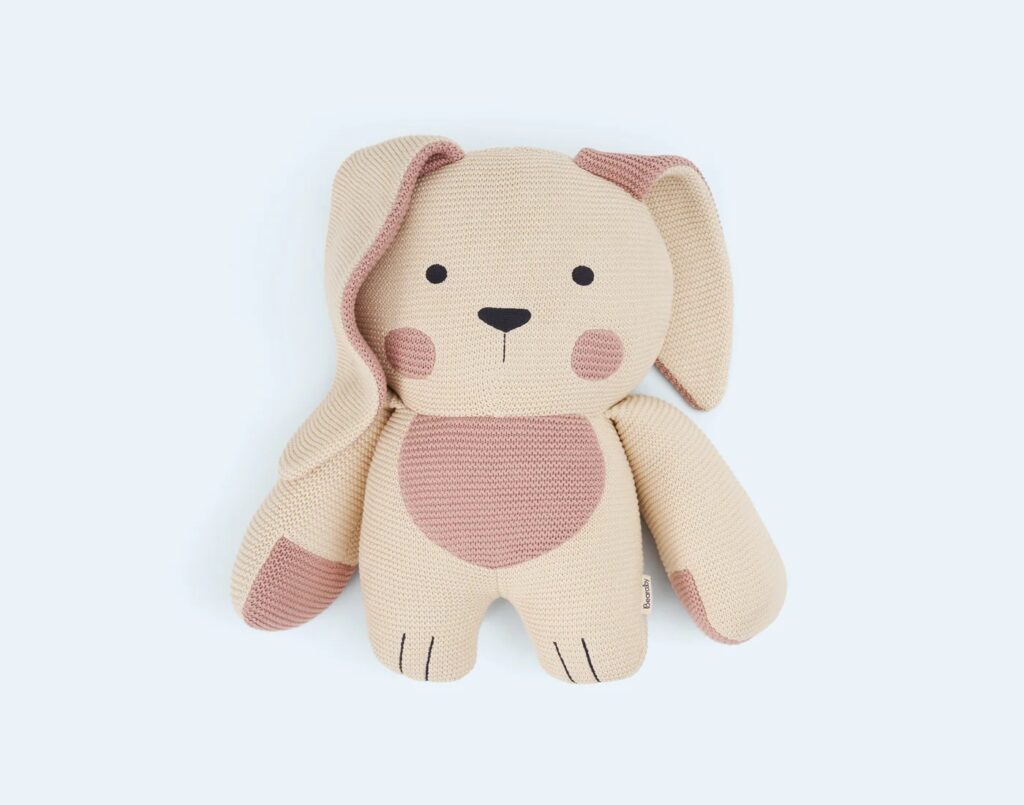
Stuffed animals include any soft toy filled with a plush or synthetic stuffing material. The defining feature is the soft interior that gives the toy shape and cuddliness. Stuffed animals are made from a much broader range of outer fabrics beyond just plush, including cotton, fleece, felt, or even knitted materials.
- Broad Definition: All plush animals are stuffed animals, but stuffed animals also include rag dolls, fleece creatures, and other soft toys that might lack the plush fabric’s signature softness.
- Material Diversity: The variety of fabrics used means stuffed animals come in many textures and qualities—from the scratchy to the ultra-soft.
- Historical Context: Stuffed animals date back centuries, evolving from handmade cloth dolls to today’s factory-produced plush and other stuffed toys.
- Utility: Stuffed animals serve multiple purposes — as comfort objects, educational tools, collectibles, or promotional items.
| Aspect | Stuffed Animal Characteristics |
|---|---|
| Outer Fabric | Variety: cotton, fleece, felt, plush, etc. |
| Texture | Varies widely from rough to very soft |
| Typical Use | Everyday toys, comfort objects, promotions |
| Appearance | Wide range from simple to detailed |
3.What Are the Main Differences Between Plush and Stuffed Animals?
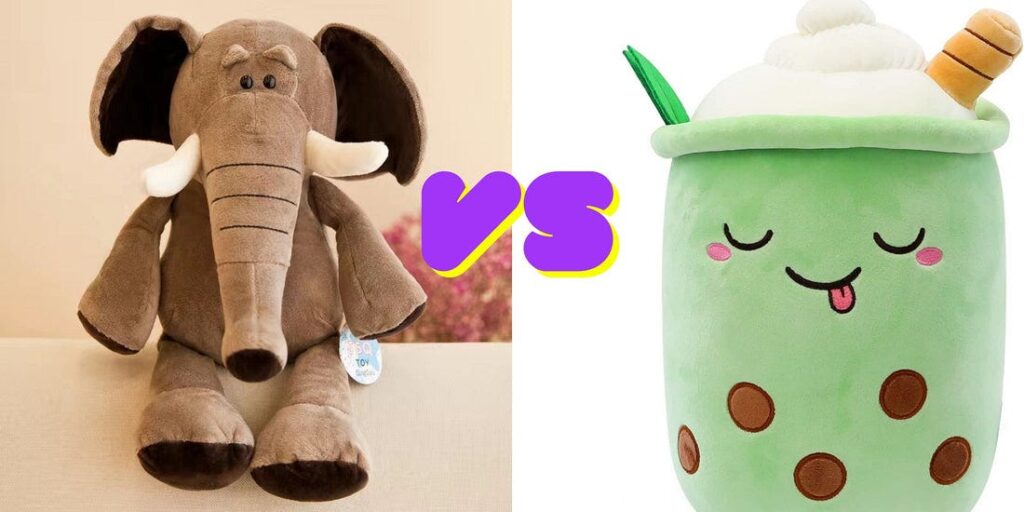
While they share similarities, plush and stuffed animals differ in fabric, texture, perceived value, and manufacturing nuances.
- Fabric vs. Filling: Plush describes the type of outer fabric — soft, velvety, and luxurious. Stuffed refers to the toy’s construction: any soft toy filled with stuffing, regardless of fabric type.
- Texture & Feel: Plush animals have a smoother, silkier feel due to their specialized fabric, while stuffed animals can feel anywhere from rough to soft, depending on their material.
- Market Position: Plush animals are generally seen as higher-end or collectible, while stuffed animals cover the entire price and quality spectrum.
- Manufacturing Complexity: Plush toys often require more meticulous fabric handling and finishing to preserve softness and appearance. Stuffed animals’ production can vary widely, with simpler designs often quicker and cheaper to produce.
| Feature | Plush Animals | Stuffed Animals |
|---|---|---|
| Outer Fabric | Plush, soft, velvety | Various fabrics, including non-plush |
| Texture | Smooth, silky | Varies from rough to soft |
| Market Segment | Premium, collectible | Broad, from budget to premium |
| Manufacturing | More detailed and refined | Variable complexity |
4.Which Is More Durable: Plush or Stuffed Animals?
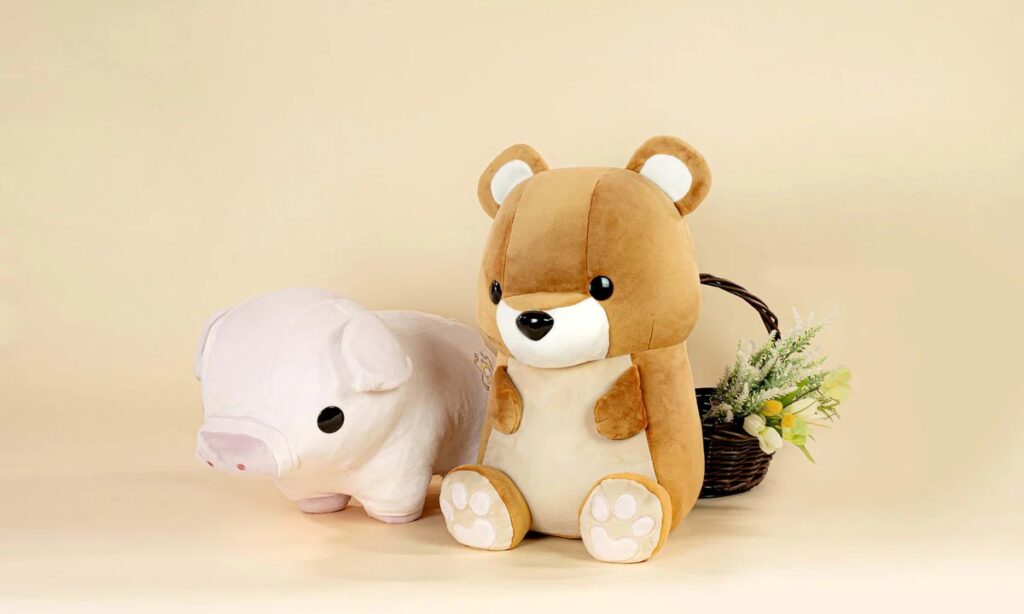
Durability depends on fabric strength, stuffing quality, construction, and intended use. Plush fabrics, while soft, can be more delicate compared to sturdier materials sometimes used in other stuffed animals.
- Fabric Durability: Plush fabric can be prone to pilling and wear, especially with rough play or frequent washing.
- Stuffing Quality: High-quality polyester fiberfill tends to hold shape better, which is common in plush toys.
- Construction: Reinforced stitching is crucial for durability, especially in seams and areas prone to stress.
- Use Case Differences: Plush animals suit gentle handling and display, whereas some stuffed animals are built for more rugged play.
| Durability Factor | Plush Animals | Stuffed Animals |
|---|---|---|
| Fabric Wear | Can pill and wear with use | Depends on fabric; fleece generally more durable |
| Stuffing Retention | High-quality fiberfill preferred | Varies widely |
| Stitching Quality | Usually reinforced for softness | Varies, price dependent |
| Usage Scenario | Light to moderate play | Wide range, from gentle to heavy |
5.How Do Plush and Stuffed Animals Differ in Terms of Safety and Care?
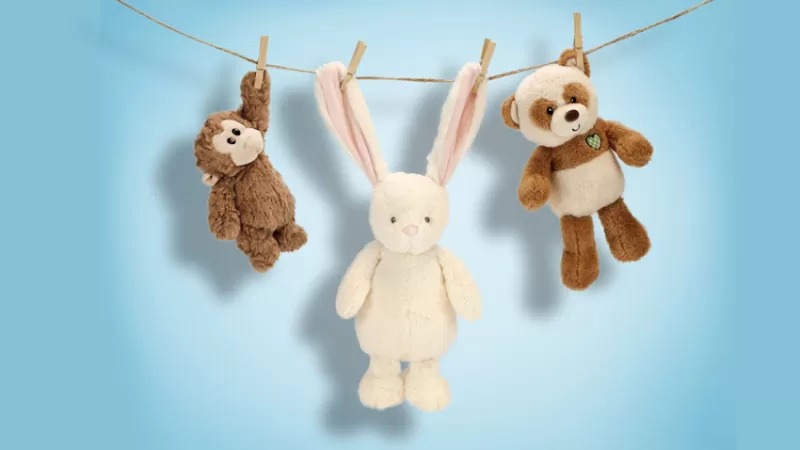
Both categories must meet strict safety standards but require different maintenance based on fabric type.
- Safety Regulations: Both must comply with standards like ASTM F963 in the U.S. or EN71 in Europe for children’s toy safety.
- Cleaning: Plush toys often need gentler cleaning (hand wash, spot clean) to protect fabric; some stuffed animals tolerate machine washing better.
- Hypoallergenic Options: Available in both categories for sensitive users.
- Age Appropriateness: Small parts or decorative elements must be carefully considered.
| Safety/Care Aspect | Plush Animals | Stuffed Animals |
|---|---|---|
| Safety Standards | Must meet toy safety regulations | Same as plush, depends on materials |
| Cleaning | Gentle hand wash or spot clean preferred | Some machine washable |
| Allergy Friendly | Hypoallergenic options available | Varies widely |
| Small Parts | Minimal, depending on design | May have buttons, eyes, accessories |
6.Are Plush and Stuffed Animals Used Differently?
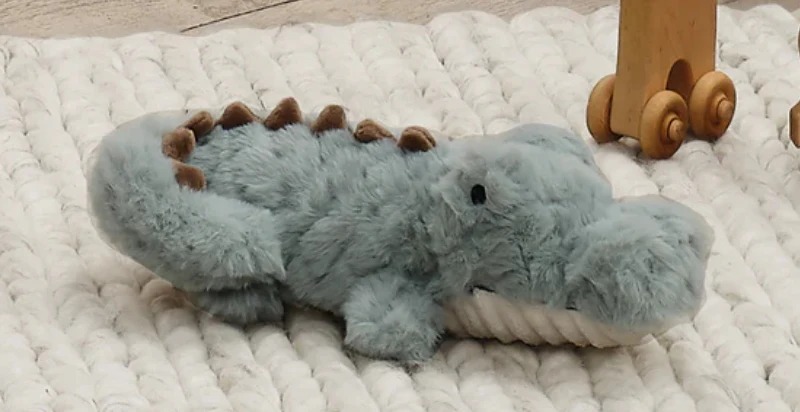
Their uses often overlap but tend to appeal to different markets or purposes.
- Gifts: Plush animals are often chosen as premium gifts or collectibles.
- Comfort: Stuffed animals of all types serve as comfort objects, especially for young children.
- Promotional Use: Lower-cost stuffed animals are popular for promotional giveaways.
- Collectors: Plush animals dominate the collector’s market because of material quality and detail.
| Use Case | Plush Animals | Stuffed Animals |
|---|---|---|
| Gifts | Premium and special occasions | Broad range, budget to special |
| Comfort Objects | Yes, typically for older kids | Widely used for all ages |
| Promotional Items | Less common due to cost | Very common |
| Collectibles | Highly favored | Limited to certain designs |
7.Do Plush and Stuffed Animals Have Different Price Points?

Price is influenced by fabric, labor, brand, and design complexity. Plush animals tend to be pricier due to their luxurious materials and detailed finishes.
- Material Cost: Plush fabric and specialty faux fur are often more expensive than cotton or fleece.
- Labor: Plush toys may require more skilled craftsmanship.
- Brand Impact: Well-known plush toy brands command higher prices.
- Market Segments: Stuffed animals range widely in price, from affordable to high-end collectibles.
| Pricing Factor | Plush Animals | Stuffed Animals |
|---|---|---|
| Fabric Cost | Generally higher | Varies, often lower |
| Labor Cost | Higher due to quality control | Varies |
| Brand Influence | Significant | Variable |
| Price Range | Mid to high | Varies |
Knowing the difference between plush and stuffed animals helps you choose the right toy whether you’re buying for a child, collecting, or manufacturing. Plush animals offer a silky, premium feel and often serve as collectibles or gifts. Stuffed animals provide a broader range of options, textures, and price points for everyday comfort and play.
If you want to create high-quality, eco-friendly plush or stuffed animals tailored to your brand or market, Kinwin is your trusted partner. We combine innovative design, sustainable materials, and meticulous craftsmanship to bring your unique toy ideas to life.
Contact Kinwin today to get a customized quote and start your plush or stuffed animal journey with us!




